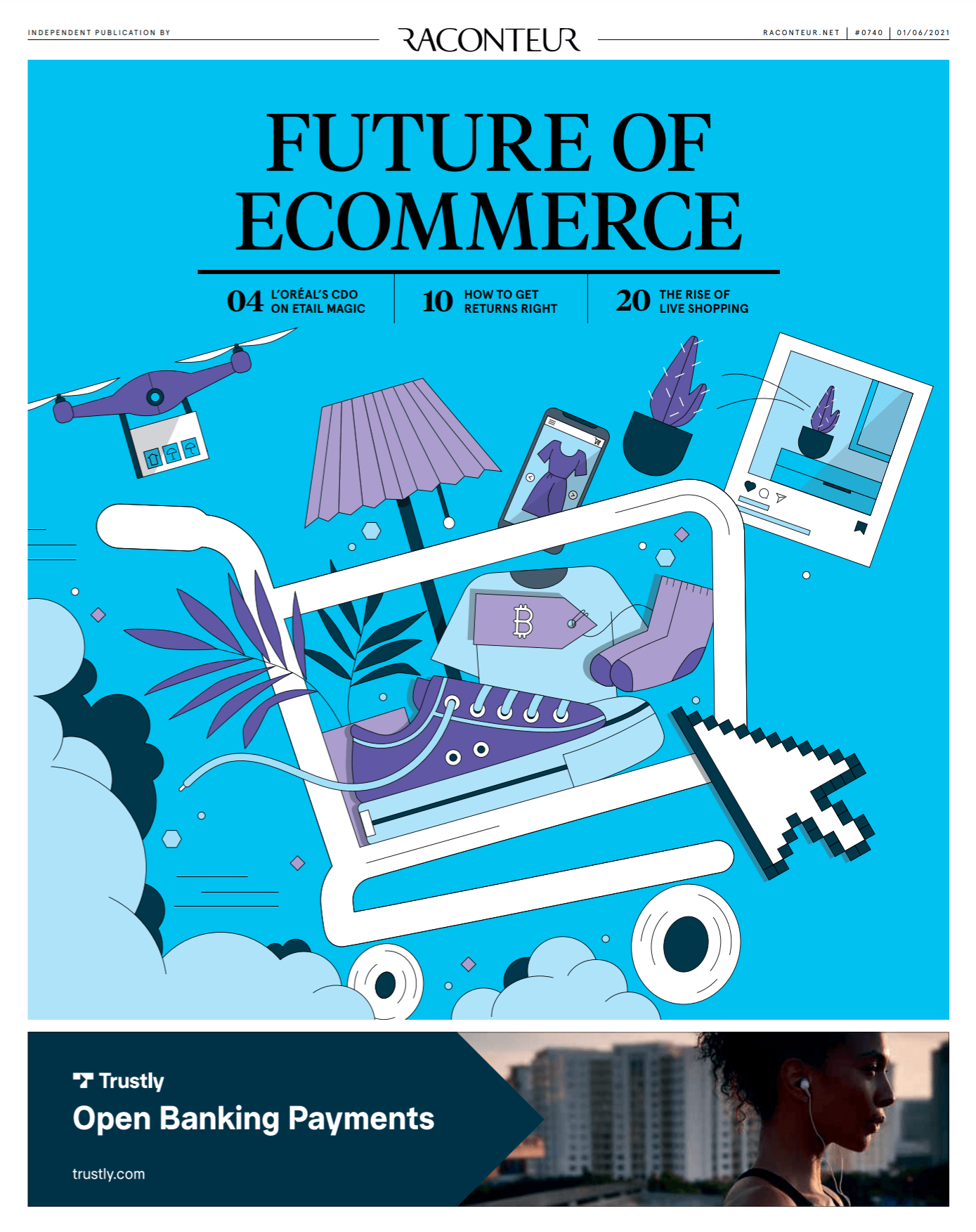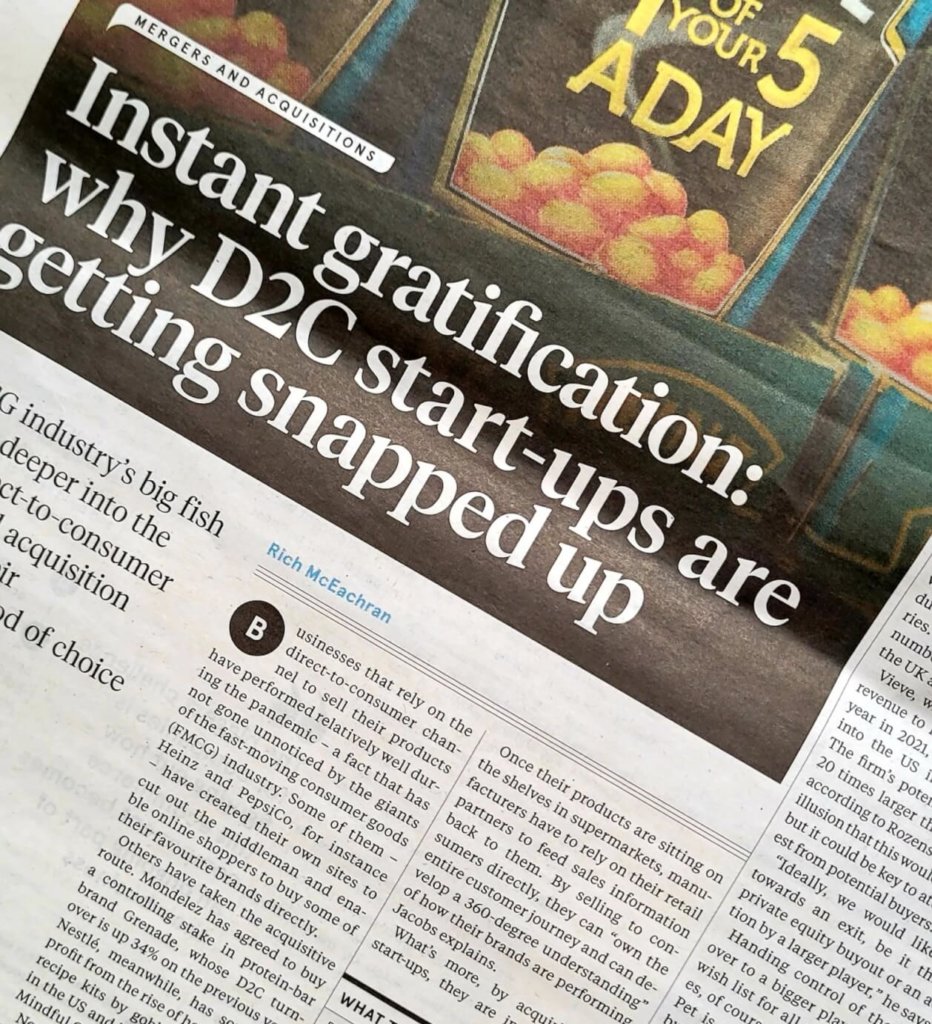The future of eCommerce - it's in your hands

Highlights from the report
Long queues and delivery delays have become part of the consumer experience over recent months as supply chains struggle to keep up with demand, but how long will consumer patience last?
The Future of eCommerce special report, published in The Times, explores if the pandemic has reset consumer expectations for next-day delivery and why communication is key to keeping consumers happy. It also looks at how COVID-19 has been a catalyst for big brands to open online direct-to-consumer (D2C) stores, and if this new purchasing model will last as shops reopen.
We’ve pulled two big talking points from the report: switching to D2C (or adding it into the eCommerce mix), and returns.
Got more time on your hands and want all the insights? Grab a cuppa and read the 28-page report in full.

Instant gratification: why D2C start-ups are getting snapped up
Direct-to-consumer (D2C) brands have fared well during the pandemic.
One prime example is Grenade. Regarded as ‘the world’s fastest-growing performance nutrition brand and one of the most exciting FMCG companies in the market’, they’ve seen a 34% uplift in D2C turnover on the previous year. It’s no surprise then that Mondelez wants a bite of that much-loved protein bar.
Likewise, pet brands have prospered as people have spent more time at home with their beloved pets and have become more conscious of what they’re feeding them (and what harness matches their personality/fur colour).
D2C means convenience. Both for the company itself and for its customers.
A B2B strategy, with products sitting on retailers’ shelves, means manufacturers have to rely heavily on their retail partners to give them access to the info they need. Delivering orders direct to the customer means they’ve got all of that insight in their own hands; they’re owning the complete customer journey and so get a first-hand understanding of how their products are performing.
As 21 June approaches, the ‘freedom day’ when all lockdown restrictions are (hopefully) lifted, consumers will continue to enjoy the convenience of buying directly online. And so, the challenge for many retailers is to find new ways to fuel growth and drive their D2C segment.
Reverse logistics: the rules of rejection
The discussion around online product returns has become one of both simplicity and sustainability.
Customers want an easy way to return their unwanted goods, and brands want to understand the reasons for those returns so they can do something about it. Quite simply, if the returns process is inadequate, it doesn’t make for a happy customer experience.
There’s a significant commercial cost associated with a high return rate. Returns are no longer considered an after-thought, but in fact, it’s the part of the eCommerce journey that permeates the whole business. After-sales, service, customer satisfaction – it affects it all. Beyond that, there are horrendous online reviews to respond to if the returns process doesn’t cut the mustard.
Profit is important, our planet more so. In 2018, the US Postal Service estimated that 2.3 million tonnes of returned purchases were ending up in landfills around the country every year! So getting the returns process right is fundamental to reducing that level of wastage (as well as trimming costs).
Follow James and James Fulfilment on LinkedIn Instagram Facebook & Twitter
James and James Fulfilment
It all began in 2010, when James Hyde and James Strachan couldn’t find a modern shipping service for the eCommerce business they ran. Faced with messy warehouses based on out-dated systems, they decided to build their own.
We’ve not stood still since, helping hundreds of online brands scale up – and scaling with them.

Stay up to date with insights & advice to help you build a bigger eCommerce brand
Subscribe to receive our latest updates in your inbox.


 US - English
US - English